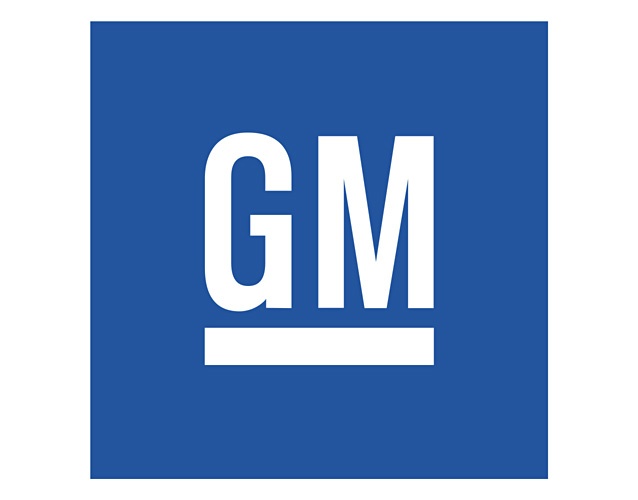The other day, I noticed a New York Times obituary for Alan Peckolick, a graphic designer and illustrator known for his distinctive corporate logos and typeface designs. Peckolick championed “expressive typography.” He wrote a textbook called “Teaching Type to Talk.” He created General Motors’ “GM” logo, and letterforms for Mercedes-Benz, Pfizer and Revlon. In a 2015 interview, Peckolick explained that he conceived of “letterform as a piece of design. Cat is not ‘cat’ — it’s c-a-t. That’s what led to the beginning of the expressive topography.”
Peckolick belonged to a pioneering generation of designers who reinvented typeface as a form of art. They believed that, just as words convey literal dictionary meaning, so do they express figurative value through typeface and letterform.
In litigation graphics, imbuing words with depth of meaning and expression is mission-critical. Each letter counts. Each word must carry its own weight on the page. There simply is no space to waste. And in addition to practicing economy of language, we must elevate the appearance of words to convey essential meaning.
As a design blogger wrote:
Typography often provides that at-a-glance first impression that people gauge and judge the rest of the design by — so your font choices need to be purposeful and appropriate. Is your font saying “beach vacation” when it should be saying “job interview”? Do the elements of your font “outfit” clash, or do they complement each other? Are they effectively communicating the qualities you want to project?
Ask yourself, does the chart you are devising use an easy-to-read, unobtrusive typeface? Does the timeline have enough white space to let a juror follow it with her eyes? Does the font say “major patent issue worth hundreds of millions” or does it say “routine commercial dispute”? By power-packing words with multi-layers of meaning, we communicate at the highest level, allowing words not simply to “speak” in unison with graphics, but to come alive and leap off the page at the reader.
Other free A2L Consulting articles and resources related to graphic design, font usage, and persuasion tricks in litigation graphics include:
- Font Matters - A Trial Graphics Consultant's Trick to Overcome Bias
- Still Think Persuasion is About Talking While Showing Bullet Points?
- Free Download: A Guide to Making Great Trial Timelines
- 5 Demonstrative Evidence Tricks and Cheats to Watch Out For
- A Surprising New Reason to Repeat Yourself at Trial
- Watch Out for Subliminal Messages in Trial Graphics
- The Top 14 Testimony Tips for Litigators and Expert Witnesses
- Never Use Bullet Points - Here's Why
- Don't Use PowerPoint as a Crutch in Trial or Anywhere
- 6 Trial Presentation Errors Lawyers Can Easily Avoid
- 12 Reasons Bullet Points Are Bad (in Trial Graphics or Anywhere)
- 10 Criteria that Define Great Trial Teams
- How Much Text on a PowerPoint Slide is Too Much?
- 5 Ways to Maximize Persuasion During Opening Statements - Part 4
- Free A2L Consulting Webinar: Persuasive Storytelling for Litigation
- The 12 Worst PowerPoint Mistakes Litigators Make
- 12 Ways to SUCCESSFULLY Combine Oral and Visual Presentations
- The Effective Use of PowerPoint Presentation During Opening Statement
- 16 PowerPoint Litigation Graphics You Won't Believe Are PowerPoint
- 12 Questions to Ask When Hiring a Trial Graphics Consultant





Leave a Comment